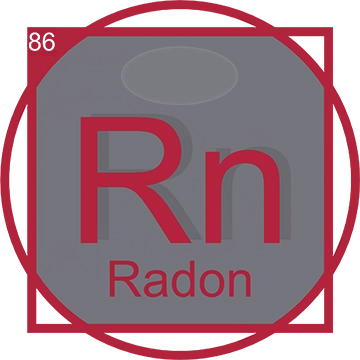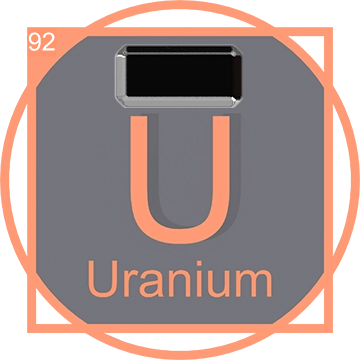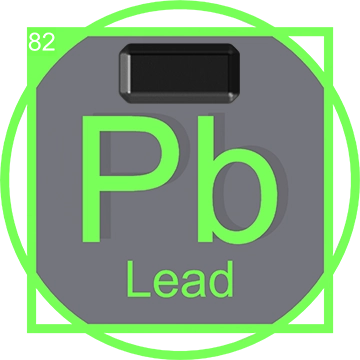Radon (Rn): Insights into the Evasive Noble Gas
Introduction to Radon
Radon is a naturally occurring radioactive noble gas that is colorless, odorless, and tasteless. Known for its significant health impacts and presence in residential buildings, Radon is a critical element in environmental health sciences. This article explores the history, properties, and both the uses and hazards associated with Radon.
Discovery of Radon
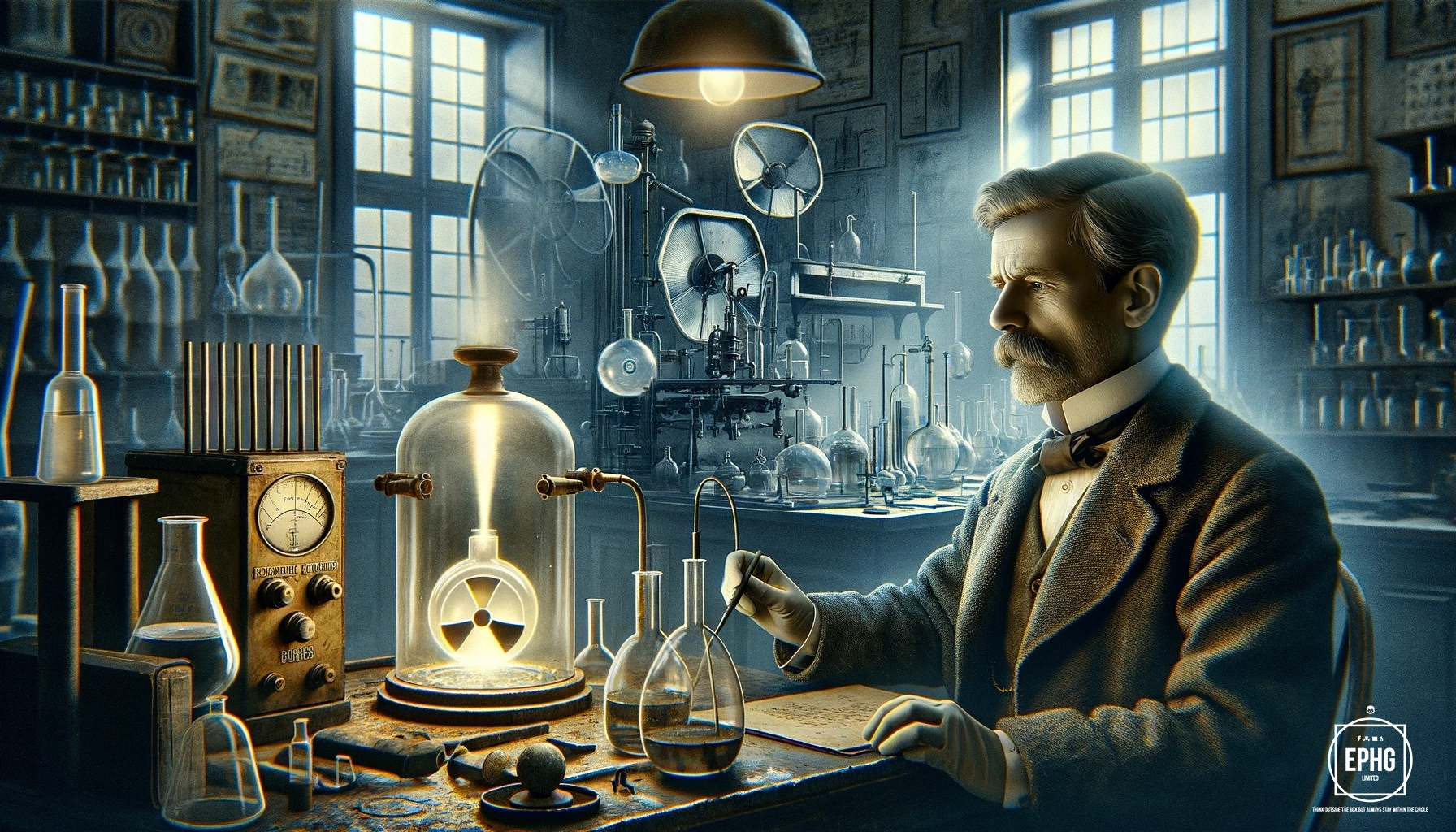
Radon was first identified in 1900 by the German physicist Friedrich Ernst Dorn, during experiments involving the decay of radium compounds. Initially termed "radium emanation," it was identified as one of the densest gases known at the time and was recognized for being part of the natural radioactive decay chain of heavier elements. This gas was later named "radon," derived from the Latin word for radium's emission, reflecting its origins from radium during radioactive processes. The discovery of Radon marked a significant advancement in the field of radioactivity, introducing a new element that played a crucial role in the further development of nuclear science and deepened the understanding of radioactive decay series.
Radon in the Periodic Table
Positioned in Group 18 of the periodic table, Radon is part of the noble gases family, characterized by its complete outer electron shell which makes it extraordinarily unreactive under most conditions. Learn more about Radon’s placement and its peers in the periodic table.
Physical and Chemical Properties of Pure Radon
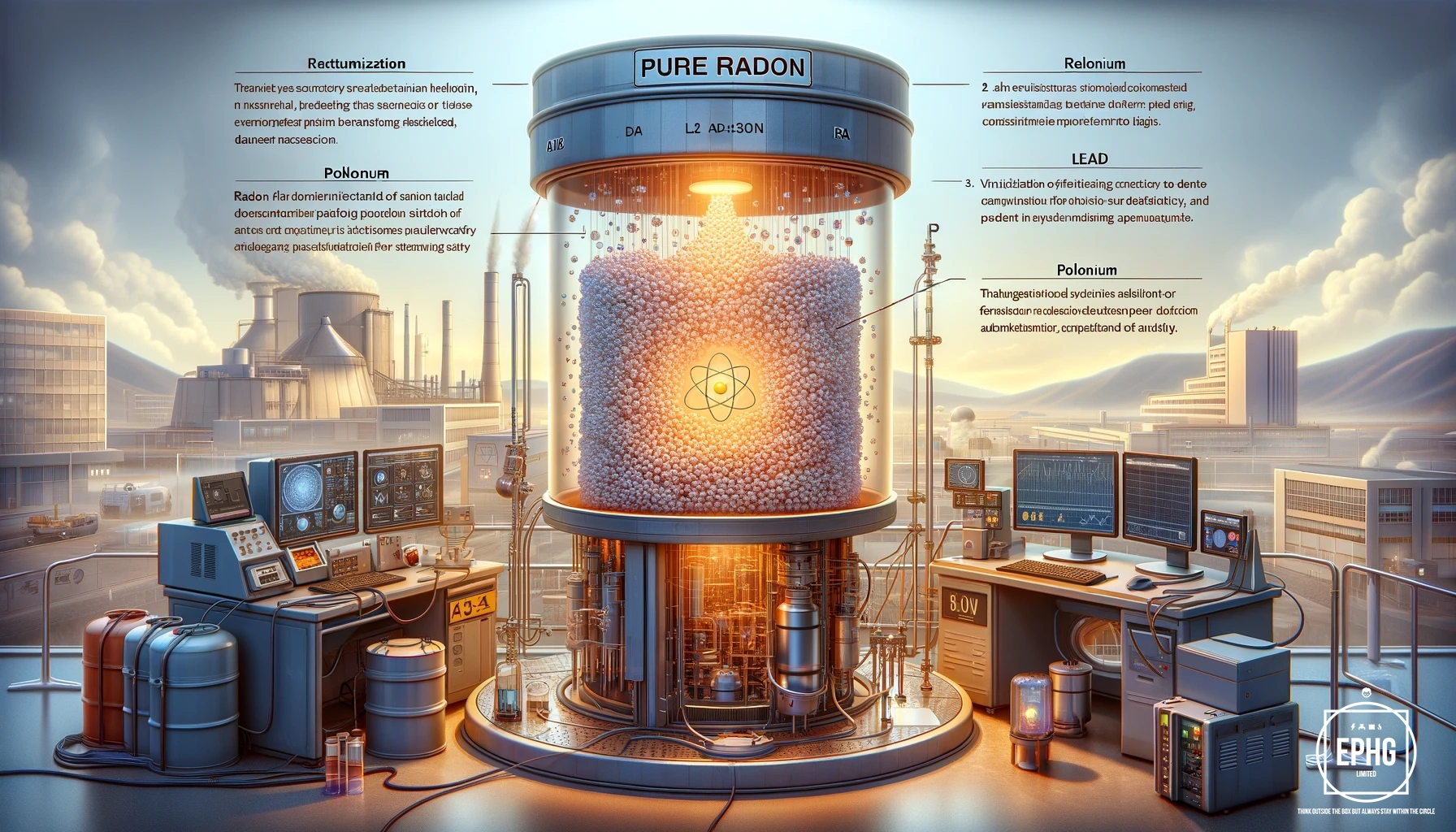
Pure Radon is recognized as one of the densest gases under normal conditions and is highly radioactive. Its most stable isotope, Rn-222, has a half-life of about 3.8 days. During its decay process, Radon transmutes into polonium and subsequently into lead, releasing alpha particles. These alpha emissions are a key factor in its considerable role in natural radioactivity and underscore the potential health hazards associated with prolonged exposure to Pure Radon. Additionally, this decay mechanism contributes to our understanding of radioactive processes in the environment, making Radon a critical subject of study in both environmental science and health safety fields.
Applications and Technological Uses of Radon

Despite its well-documented risks, Radon finds significant applications in environmental and geological sciences. In hydrological research, Radon is employed as a tracer to track air masses and analyze water mixing and flow rates. This usage is particularly valuable because Radon, being a naturally occurring radioactive gas, can indicate the movement and mixing patterns of water in various environments, from underground aquifers to ocean currents. Researchers measure the concentration of Radon in water to deduce the source and mixture of different water bodies, enhancing our understanding of aquatic ecosystems and water cycles.
In addition, Radon's role extends to geothermal energy development, where it is utilized to explore and map subterranean pathways. By detecting the presence and concentration of Radon emitted from the Earth's crust, scientists can identify potential sites for geothermal energy plants and understand the geological activities that may affect these sites. This application not only aids in locating energy resources but also contributes to the safe and efficient exploitation of geothermal power, aligning with sustainable energy goals.
Health and Safety Concerns with Radon
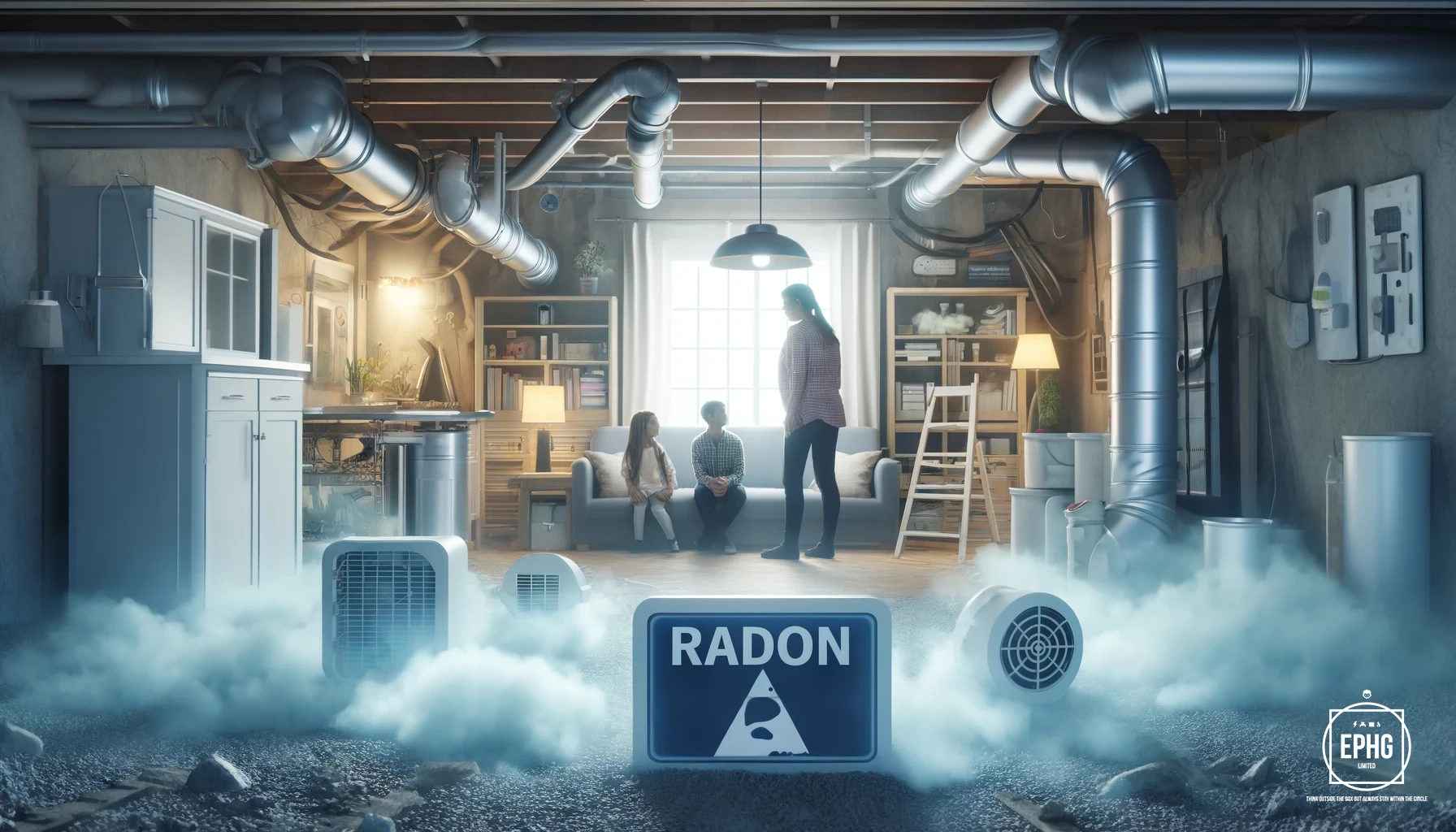
Radon is considered a significant health hazard due to its radioactive nature. It accumulates in homes, particularly in basements and other low-lying areas, and is the second leading cause of lung cancer in many countries. Effective ventilation and regular monitoring are crucial in mitigating Radon's risks in residential and commercial properties.
Radon itself is not used in homes for any beneficial purposes due to its radioactive nature and health risks. Instead, it is something that homeowners need to manage and mitigate. Radon gas can seep into buildings from the ground, particularly through cracks in floors, walls, foundations, and gaps around service pipes. Because of its radioactive properties and as it is a leading cause of lung cancer among non-smokers, the presence of radon in homes is a significant health concern.
Radon Detection and Mitigation Technologies
Advances in technology have led to the development of effective Radon detection and mitigation systems. These systems help to monitor Radon levels and reduce its concentration in indoor environments, enhancing public health and safety.
Formation and Sources of Radon
Radon is a naturally occurring radioactive gas formed from the decay of uranium and radium found in the Earth's crust. It is not mined from specific mines but emanates from rock, soil, and water where these radioactive elements are present. Being a gas, Radon diffuses into the atmosphere or accumulates in enclosed spaces such as buildings and mines.
In areas with higher concentrations of uranium, such as the granite rock formations found in regions like the Rocky Mountains or the Black Forest of Germany, Radon levels tend to be higher. It can also be found in groundwater sources, particularly in regions with substantial amounts of radium in geological formations.
Current Uses of Radon
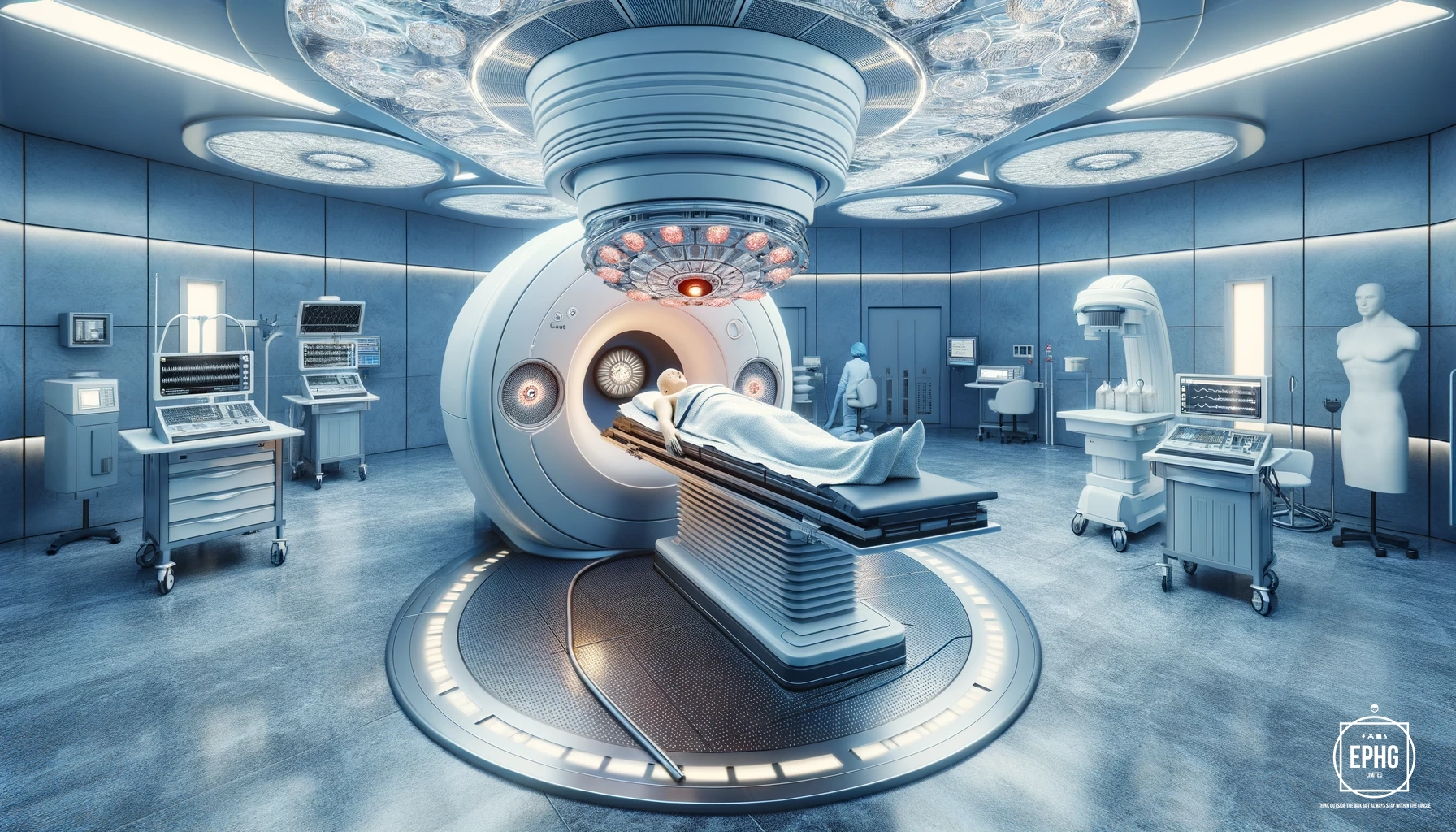
Currently, Radon has limited applications due to its radioactive nature and health risks. However, it is used in some scientific and medical settings:
- In hydrological studies, Radon helps in tracing the movement of groundwater and in mapping geological formations.
- Radon is sometimes used in radiotherapy for cancer, where its radioactive properties are applied to control and destroy malignant cells.
Future Prospects of Radon

The future use of Radon in science and technology looks to expand into new areas with improved safety measures. As research into radioactive materials continues to advance, new methods of harnessing Radon's properties for beneficial uses are explored. Potential future applications include:
- Enhanced techniques in environmental science to track pollution and study atmospheric phenomena.
- Advanced medical therapies utilizing Radon's radioactive decay properties under controlled conditions, potentially offering new ways to treat deep-seated tumors.
Furthermore, the development of new detection and mitigation technologies could lead to safer and more effective ways of managing Radon exposure in residential and commercial properties, potentially reducing the health risks associated with this noble gas.
